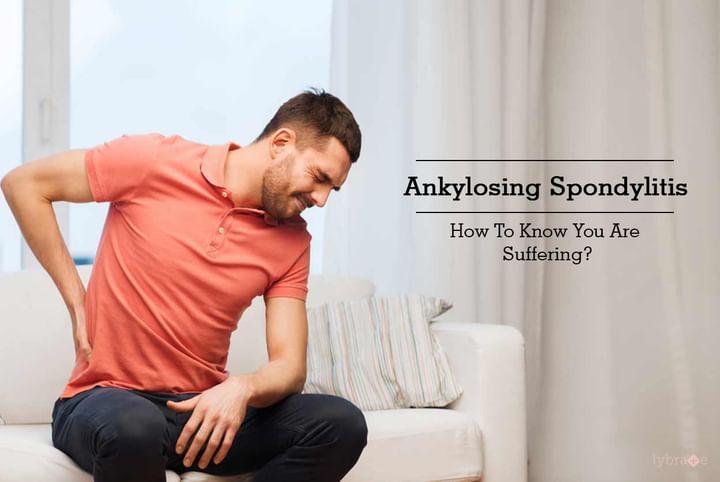Ankylosing Spondylitis - How To Know You Are Suffering?
Ankylosing spondylitis refers to a form of arthritis that affects the spinal column. This condition causes the bone vertebrae to fuse together leading to a rigid spine. Depending on the extent of the damage, this could result in mild changes or in a stooped posture. Although the cause of this disease is not known, it is said to be passed down from one generation to another through a gene called the HLA-B27. This gene is also linked to spondylitis.
Ankylosing spondylitis cannot be cured, but with treatment, the pain and stiffness associated with it can be managed. Along with medication, physical and occupational therapy is a must when treating this disease. In some cases where the disease has caused severe deformities, surgery may also be recommended. However, an early diagnosis can also help prevent significant deformity.
A physical exam and an X-ray are the key factors used to confirm a diagnosis of Ankylosing spondylitis. Some of the symptoms associated with this disorder are:
- Pain and stiffness: Everyone complains of a backache at some point or the other but a persistent lower back ache could be a sign of something serious. Spondylitis often starts in the sacroiliac joints and hence the lower back, buttocks and hips are the first to be affected. Pain that lasts for more than three months should not be ignored as it could be a sign of Ankylosing spondylitis.
- Bony fusion: This condition causes an abnormal growth of bones in the spinal column. This can lead to the fusing of bones in the spine. The bones of the neck, back and hips are most affected by this bone fusion. While this can affect a person’s mobility it can also cause complications. For example, the fusing of the ribs to the spinal column or the breastbone can restrict the expansion of the chest while breathing.
- Pain in ligaments and tendons: Apart from the bones, this condition also affects a person’s tendons and ligaments attached to the bones. For example, pain in and around the heel may be caused by tendonitis.
- Other symptoms: The symptoms of ankylosing spondylitis are not restricted only to the joints. Hence, it is also known as a systemic disease. Some of the other symptoms exhibited by people suffering from this condition are fever, fatigue, inflammation of the eyes and a loss of appetite. Some people may also complain of lung and heart problems.



+1.svg)
